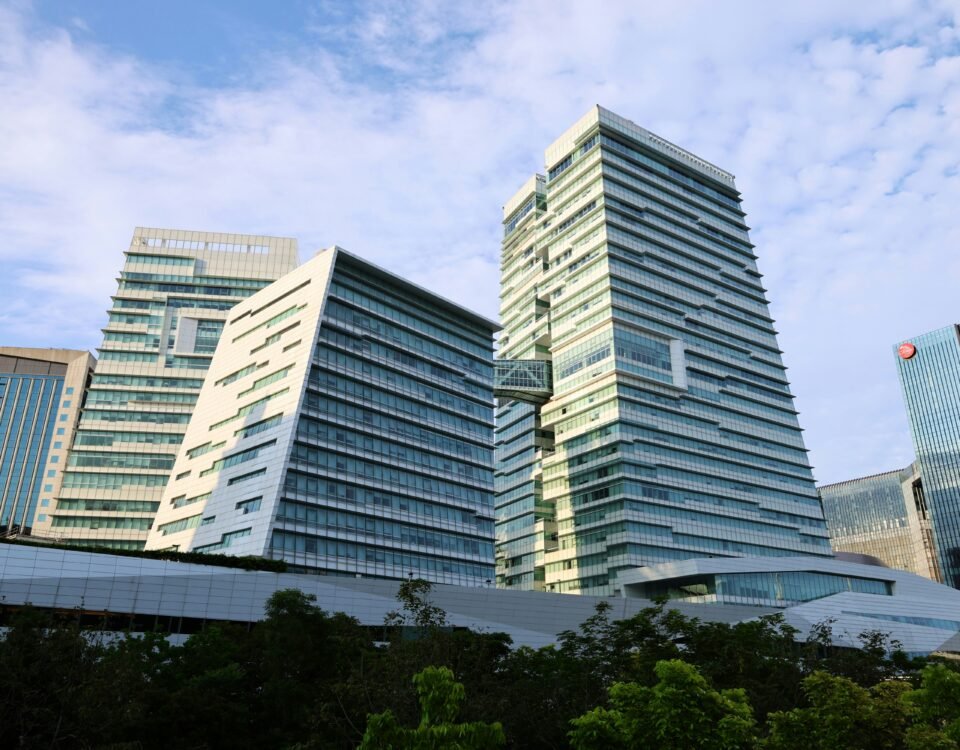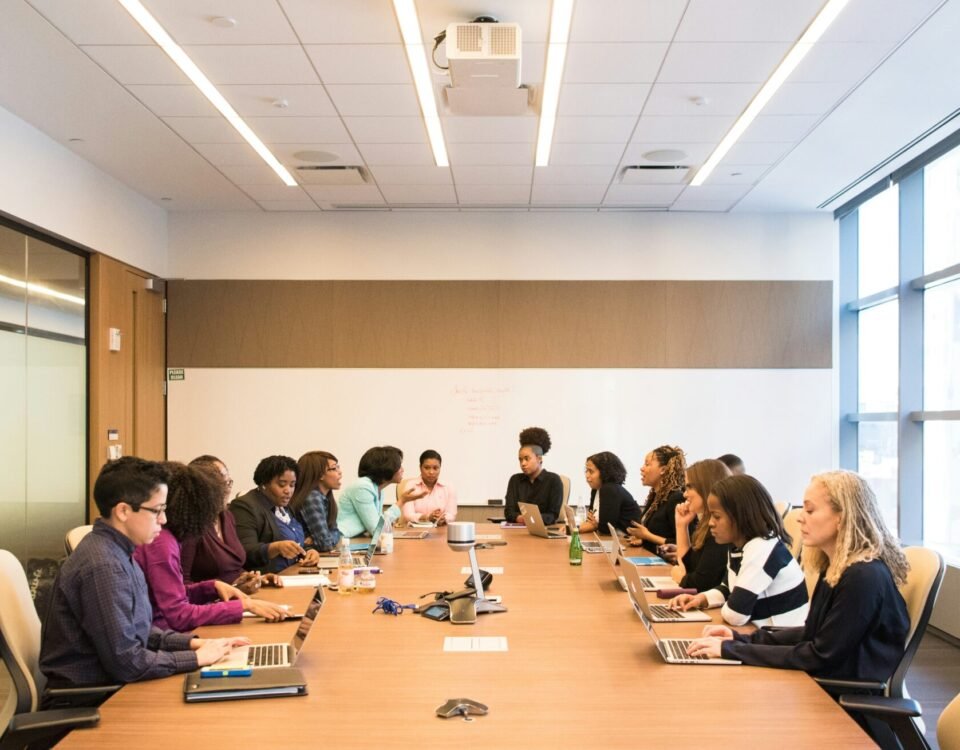International development is powered by ideas, institutions—and money. Each year, billions of dollars flow from donor governments, multilateral agencies, and philanthropic institutions to fund everything from maternal health to governance reform. But for all its importance, the role of donors in development is often misunderstood—and the funding landscape, even more so.
So how does development funding actually work? Who are the major donors? How are priorities set? And what are the trade-offs that come with donor-driven financing?
Let’s unpack the basics.
What Do We Mean by “Donors”?
In development, “donors” refer to the institutions that provide financial assistance to low- and middle-income countries. They include:
- Bilateral donors — individual countries, such as the U.S. (USAID), UK (FCDO), Germany (GIZ), or Japan (JICA), which fund programs directly.
- Multilateral donors — pooled funding institutions such as the World Bank, African Development Bank, Asian Development Bank, or various UN agencies (UNDP, UNICEF, WHO).
- Private philanthropic donors — foundations like the Bill & Melinda Gates Foundation, Ford Foundation, or Open Society Foundations.
- Global funds and vertical initiatives — such as Gavi (for vaccines), the Global Fund (for HIV, TB, and malaria), and the Green Climate Fund.
Each type of donor has its own governance model, funding priorities, and operational style. But collectively, they shape the architecture of development.
How Much Funding Are We Talking About?
In 2023, Official Development Assistance (ODA) from OECD donor countries reached a record high of over $213 billion, according to the OECD.
Here’s roughly how that money was allocated:
- 60% to bilateral projects and technical cooperation
- 25% via multilateral institutions
- 10% to humanitarian aid
- 5% to in-donor refugee costs
And that’s just ODA. Private foundations and multilateral development banks add billions more to the equation each year.
How Is Development Funding Allocated?
Donor funding decisions are shaped by a mix of geopolitical interests, domestic politics, global priorities, and technical assessments. Key factors include:
- Country income levels (e.g., LICs, LMICs)
- Sectoral priorities (health, education, governance, climate, etc.)
- Strategic partnerships or alliances
- Crisis response (conflict, disaster, pandemics)
- Evidence from past performance or evaluations
Funding may be delivered in different ways:
- Grants (non-repayable)
- Concessional loans
- Budget support
- Project-based funding
- Trust funds or pooled financing
Some funding is earmarked for specific programs; others are flexible. Some flow directly to governments; others go through NGOs, multilaterals, or private contractors.
The Benefits of Donor Funding
Done well, donor support can:
- Catalyze reforms and scale public services
- Fill urgent financing gaps in fragile states
- Introduce innovation and technical expertise
- Support systems strengthening where domestic resources fall short
- Foster collaboration through pooled funds and multi-country initiatives
Many countries have used donor financing to improve health outcomes, digitize services, and strengthen education systems—particularly when support aligns with government priorities and is delivered with flexibility.
But There Are Trade-Offs
Despite its benefits, donor funding is not without challenges:
- Fragmentation: Countries often juggle dozens of donor projects, each with its own priorities, timelines, and reporting demands—creating coordination headaches.
- Short-termism: Funding is often tied to 2–3 year project cycles, even when real reform requires long-term support.
- Skewed accountability: Implementers may become more accountable to donors than to citizens or governments.
- Political distortions: Funding can reflect donor interests more than local needs—especially in geostrategic regions.
- Dependency risks: Overreliance on external financing can crowd out domestic resource mobilization and undermine sovereignty.
What’s Changing in the Donor Landscape?
Development financing is in flux. Some key trends include:
- More localization: Many donors are shifting to fund local organizations and in-country implementers directly.
- Focus on systems: Moving away from standalone projects to support broader systems reform (e.g., public financial management, civil service reform).
- Climate and crisis funding: Increasing focus on resilience, climate adaptation, and fragile settings.
- Data and results focus: Greater demand for evidence of impact—and real-time learning.
Donors are also increasingly grappling with how to share power, coordinate better, and align more deeply with country systems.
How Lapnos Engages with Donors
At Lapnos, we work closely with donor institutions as technical partners—helping translate funding into real-world results. That means:
- Co-designing programs that are locally led and politically informed
- Supporting implementation teams within government, not outside them
- Embedding monitoring and learning systems to adapt in real time
- Navigating the politics and operational constraints of public delivery
We see donors not as distant funders, but as active stakeholders in reform—and we work to bridge the gap between their priorities and the realities on the ground.
Final Thoughts
Donor funding will remain a key part of the development equation for the foreseeable future. But the real question is not just how much funding exists—but how it’s used, who drives it, and whether it supports systems that last.
When donor financing aligns with local ownership, long-term vision, and adaptive delivery—it can do more than fund projects. It can shift systems.
And that’s the kind of development worth investing in.






